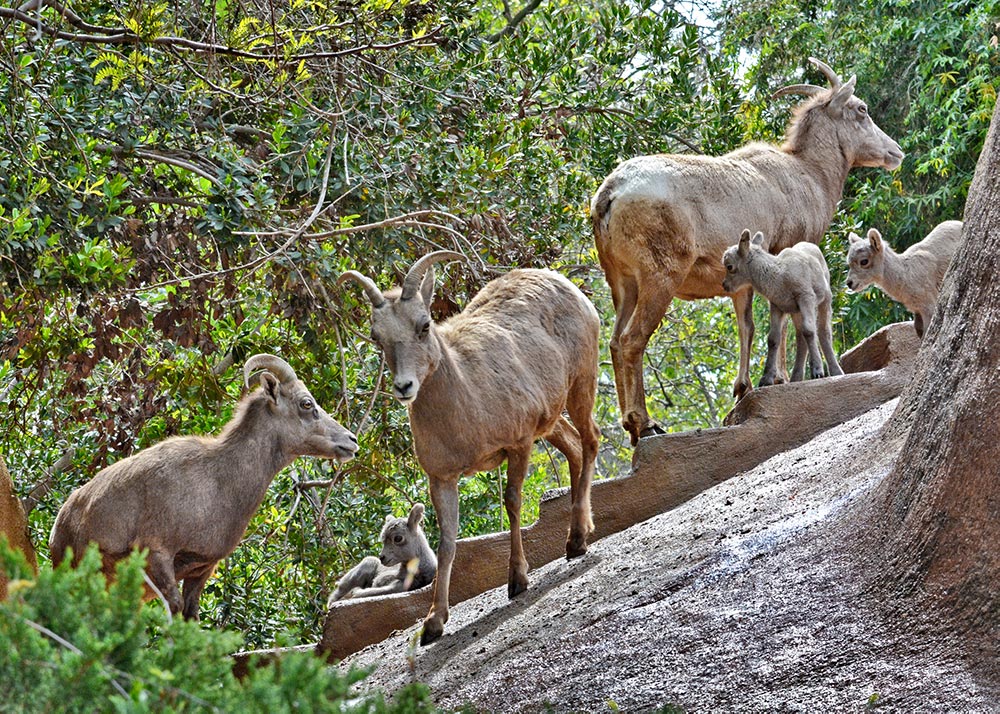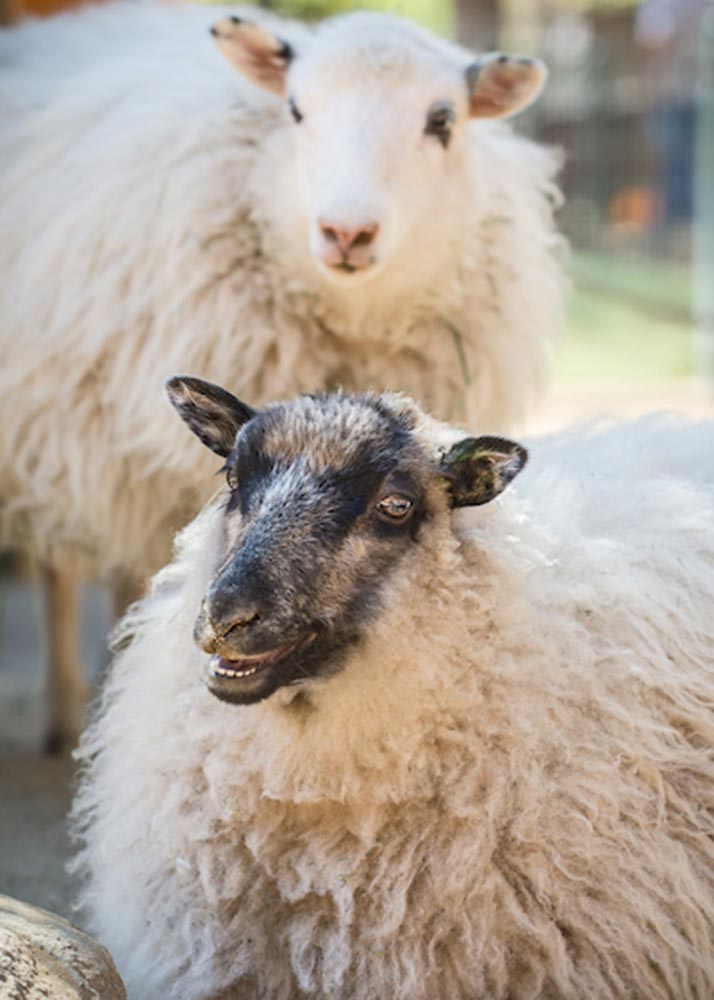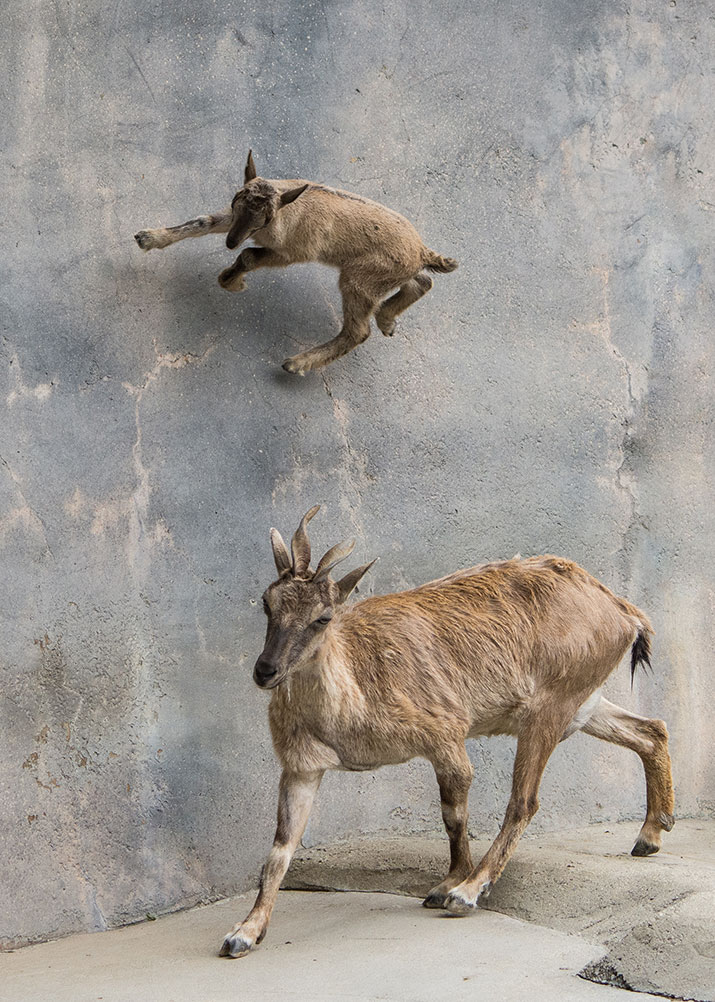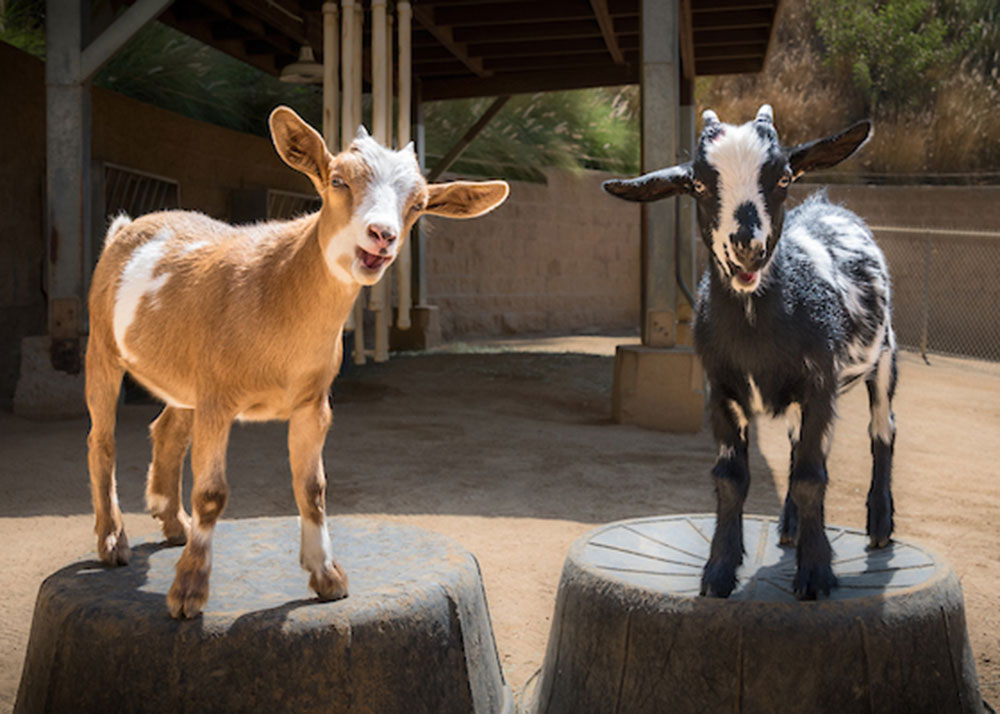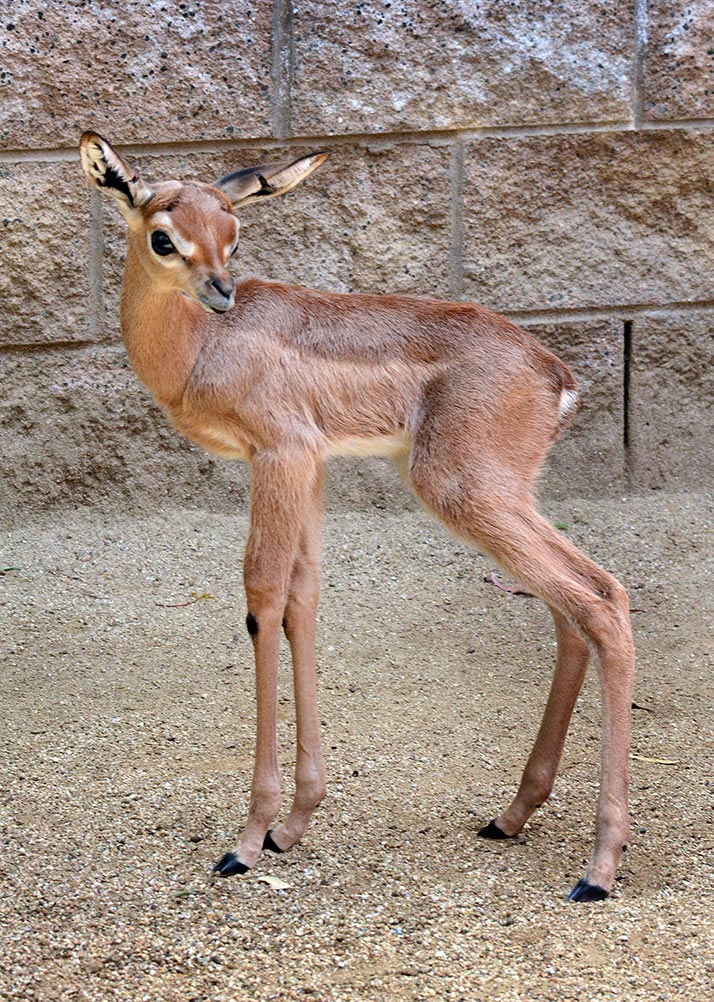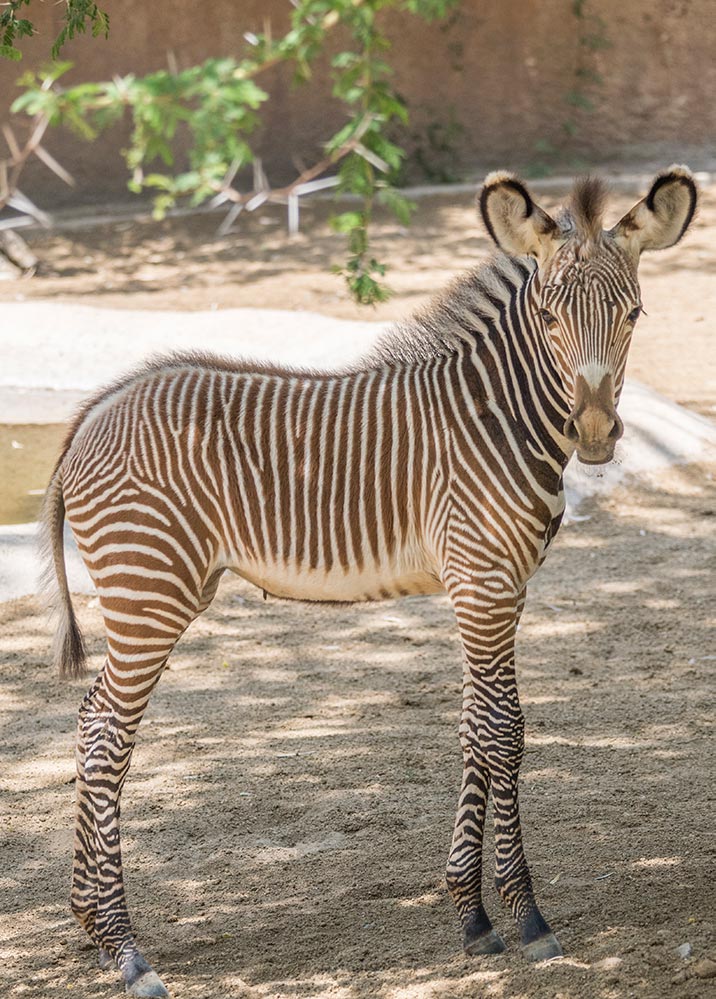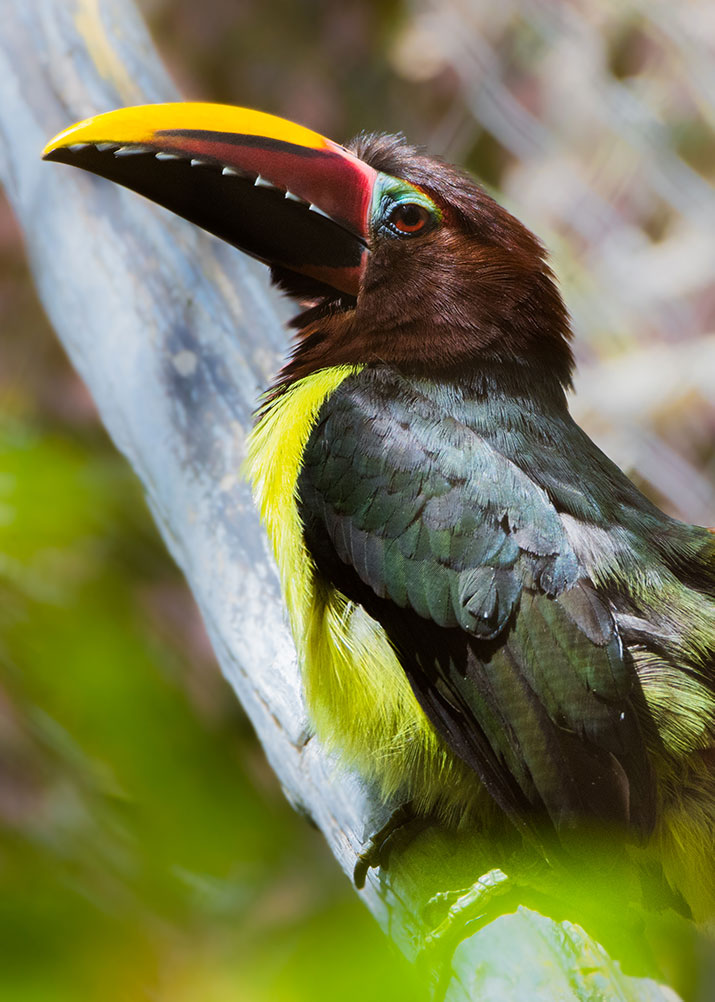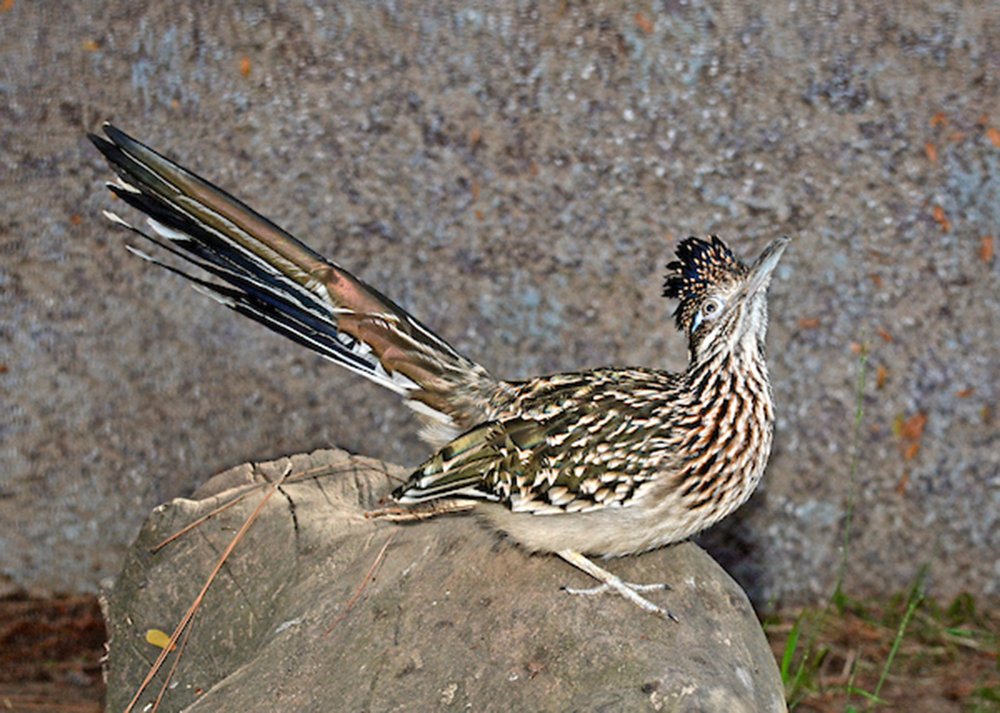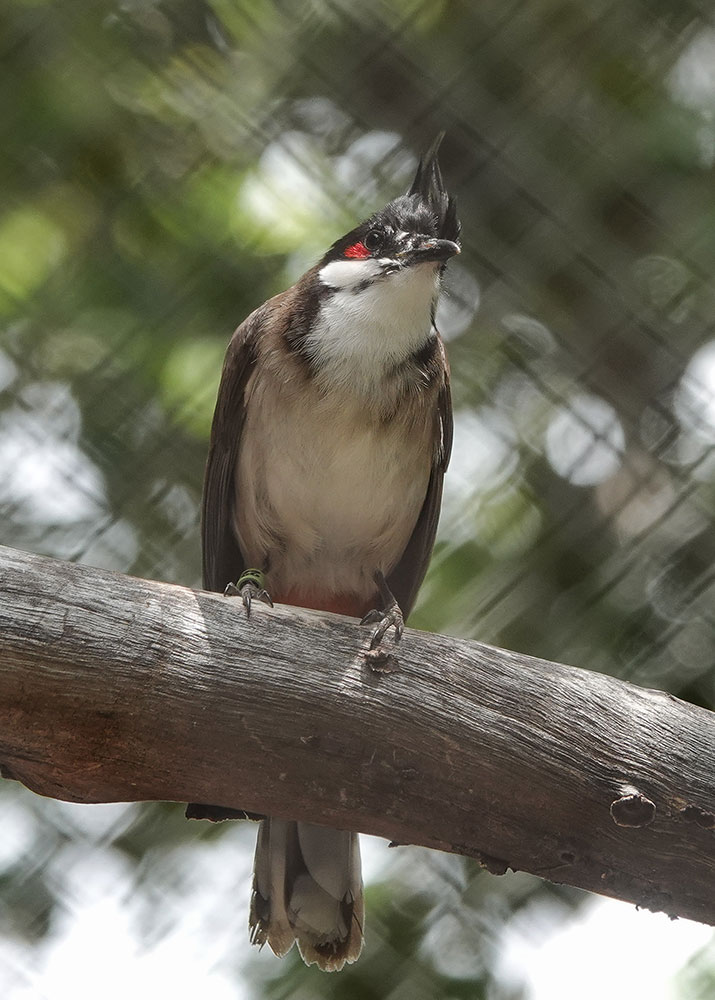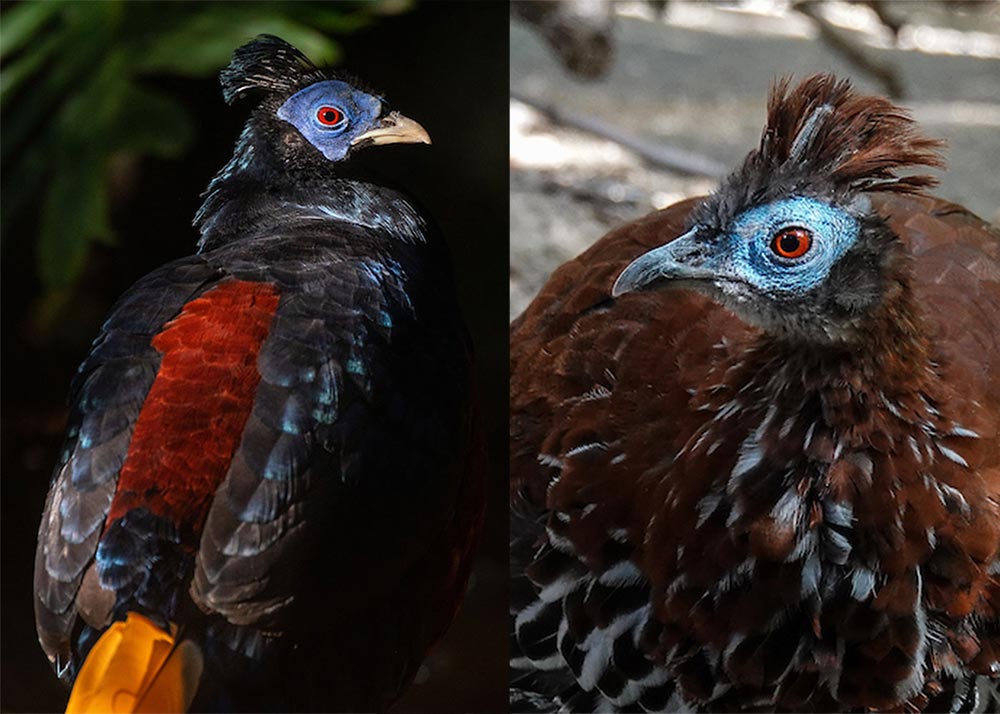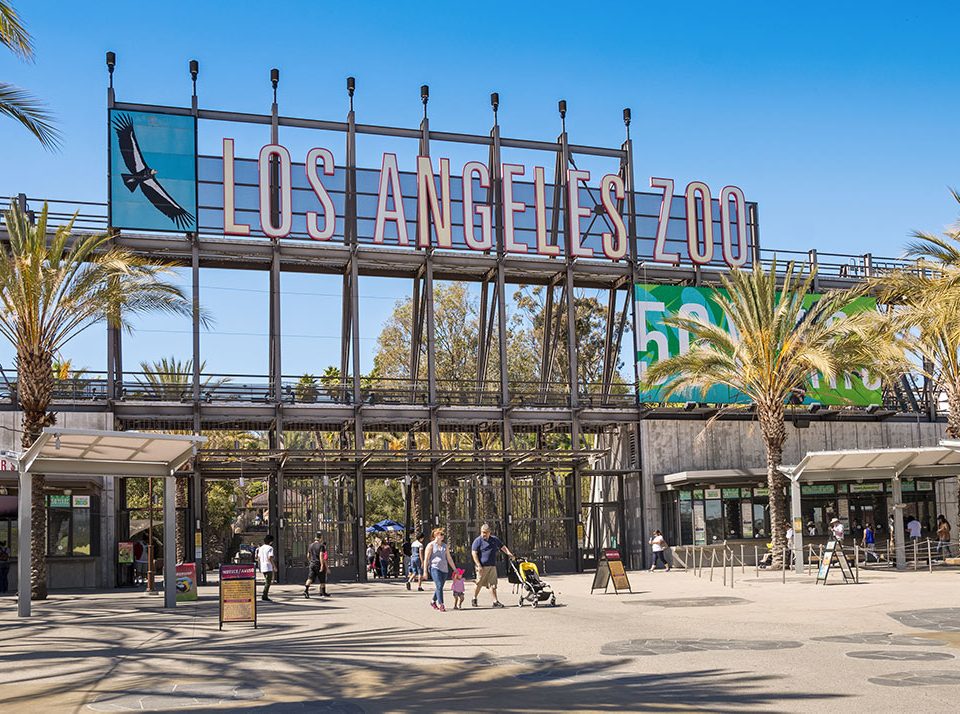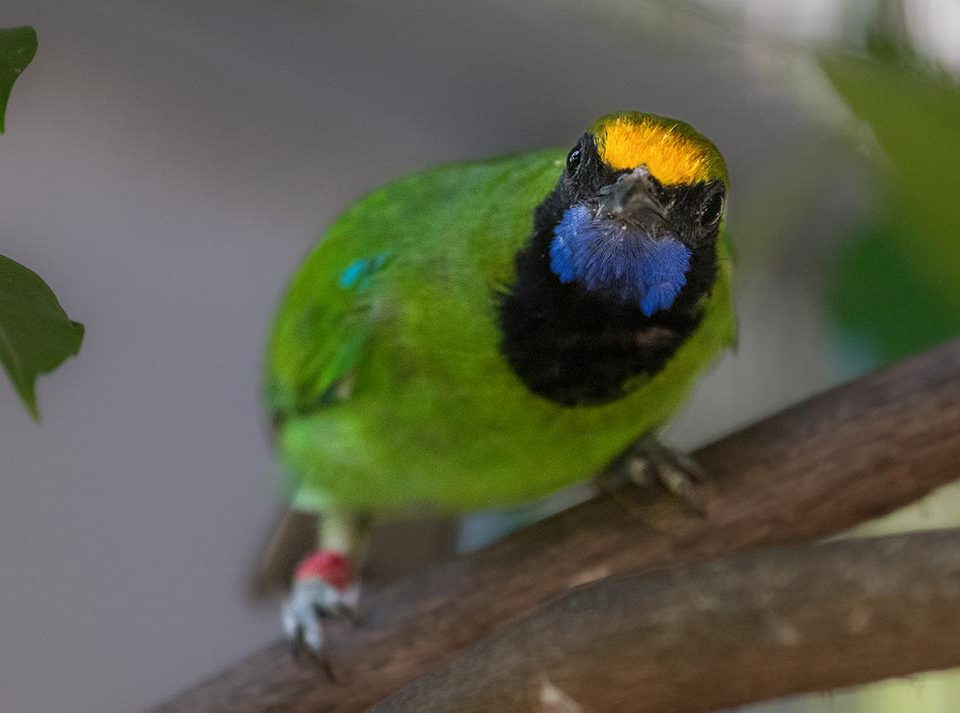New in the Zoo

What’s That Sound? Roaring Nights Series Starts June 28
June 1, 2019
Of the three living zebra species, the Grevy’s zebra is the largest and most threatened. The others are the plains (or Grant’s) zebra and the mountain zebra. Photo by Lori Conley
April brought the pattering of many little hooves at the Zoo: three bighorn lambs, two Tadjik markhor kids, a gerenuk, and one Grevy’s zebra. On the heels of the female Grevy’s zebra born on April 2, a second foal (male) was born on April 24. Animal Care staff are currently introducing both mares with their foals. Guests can now see the female foal with mom on exhibit.
Although domestic sheep and goats are very different in appearance, with wild species, it can be tricky telling these two families apart. Goats are most similar because they have been bred for thousands of years for a wider range of purposes and remain popular livestock because they are low maintenance and can survive on a wider range of foods. Sheep have been intensively bred for their coats and human selection for wool production has greatly altered their form. When you visit the Zoo next, look closely at the domestic sheep and goats in Muriel’s Ranch, then compare them with the bighorn sheep and Tadjik markhors.
Also born in April was a François’ langur. Langurs are a group of Old World monkeys native to Asia. They are also known as leaf monkeys because their diet is largely comprised of foliage. Like ruminants, they have multi-chambered stomachs that make it possible for them to digest this plant matter. The word langur comes from the Hindi word laṅgūr, which is derived from the older Sanskrit “lāṅgūlin,” which means “having a tail,” and they do have long tails.
The last California condor chick of the season hatched on April 25. All six chicks are being parent-reared thanks to the new breeding process that Zoo staff pioneered in 2017, when adult condor Anyapa raised two chicks at once. Normally, condor pairs only raise one offspring at a time, so caretakers weren’t sure if a single foster parent would accept and care for two chicks, but Anyapa did. And when those chicks were released to the wild, they adapted to the new surroundings and thrived.
"In 2018 and 2019, our animal care staff used Anyapa's success to replicate the process with more of our foster birds," Curator of Birds Mike Maxcy says. "Allowing our condor parents to raise two chicks at the same time is a breakthrough that our talented staff has developed to help the U.S. Fish and Wildlife Service's efforts to reestablish a sustainable population of California condors in the wild. The six chicks born this year will now have a better chance at adapting to the wild when they are older." The chicks from the 2019 breeding season will remain at the Zoo for the next two years under the care of foster condor parents, with the goal of eventually being released to the wild.
California condor Kuti feeds the two chicks in her care.
The Cape vulture chick who hatched in April and was featured in the previous edition of ZOOSCAPE is doing well.
Other new arrivals included a group of angelfish, which will eventually take up residence in Rainforest of the Americas, a new male greater roadrunner, a male cassowary, and a female green aracari, the smallest member of the toucan family.
On April 11, wildlife authorities confiscated 28 Asian songbirds that were being smuggled into LAX. The 11 that survived were eventually transferred to the Zoo, where, despite the best efforts of veterinary staff, six more succumbed to the stress of the smuggling experience and multiple transfers before arriving at the Zoo. All the birds except the white-eye (who will become the gold-fronted leaf bird's roommate at the off-exhibit Avian Conservation Center, which is home to birds that are sensitive to human activity) are sharing a habitat with the fire-backed pheasants in the roundhouse between the hippo and black bear exhibits. Small songbirds like these are currently being taken in increasing numbers from the wild in parts of Asia to be sold in the exotic pet market. Many species are under increasing pressure from overcollection and conservationists fear they will vanish entirely from their native habitat. Several have naturalized in the U.S. and are establishing themselves locally, including the bulbuls and the white-eyes.


